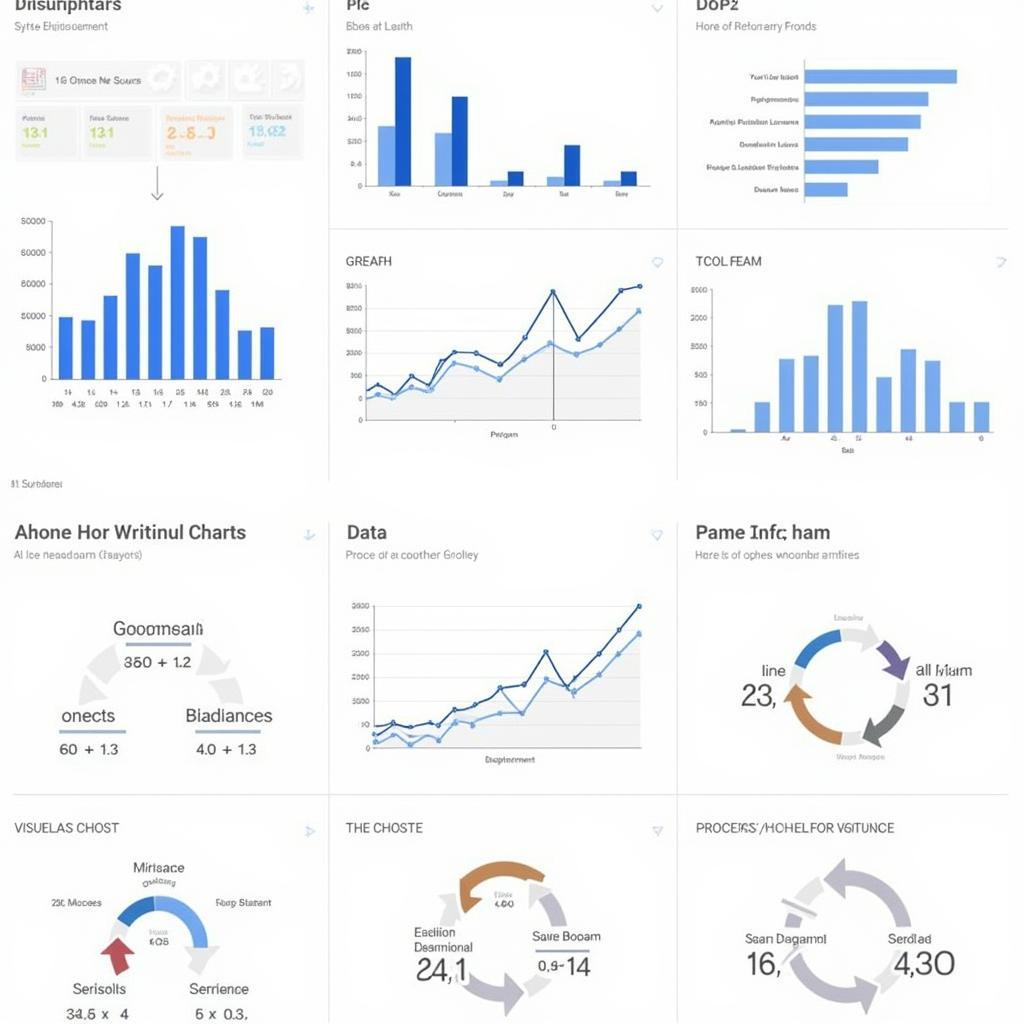Understanding how to effectively describe changes in IELTS Writing Task 1 is crucial for achieving a high band score. This comprehensive guide will walk you through the essential techniques and strategies to master this challenging aspect of the academic writing test.
Understanding the Basics of Change Description
When tackling change description tasks in IELTS Writing Task 1, you’ll typically encounter various types of visual data showing transformation over time. These may include:
- Line graphs showing trends
- Bar charts comparing different periods
- Pie charts displaying proportion changes
- Tables containing numerical changes
- Process diagrams showing transformations

Key Language for Describing Changes
Verb Patterns
When describing changes, use appropriate verbs that accurately convey the nature of change:
- Upward Movement: increase, rise, grow, climb, surge
- Downward Movement: decrease, fall, decline, drop, plummet
- Stability: remain stable, stay constant, maintain the same level
- Fluctuation: fluctuate, vary, oscillate
Adverbs of Degree
Enhance your description by using adverbs that indicate the extent of change:
- Dramatic changes: sharply, dramatically, significantly
- Moderate changes: steadily, gradually, moderately
- Slight changes: slightly, marginally, minimally
Structure and Organization
- Introduction
- Paraphrase the question
- Identify the main features
- Provide an overview of key trends
- Body Paragraphs
- Group similar changes together
- Use clear topic sentences
- Support with specific data
- Include appropriate transitions
- Conclusion (optional)
- Brief summary of main changes
- No new information
Common Pitfalls to Avoid
- Over-describing minor details
- Failing to group similar changes
- Neglecting to provide an overview
- Using informal language
- Providing personal opinions or reasons
Expert Tips for Higher Scores
Dr. Sarah Thompson, IELTS examiner with 15 years of experience, suggests: “Focus on selecting and reporting the most significant changes. Not every minor fluctuation needs to be described.”
Professor James Wilson, leading IELTS researcher, adds: “Students often achieve better scores when they demonstrate their ability to analyze trends rather than simply listing all changes.”
strategies for IELTS writing task 1 maps can provide additional insights into handling spatial changes effectively.
Sample Language Framework
Use these sentence patterns to describe changes effectively:
-
Simple Change:
“The percentage of internet users increased from 45% in 2010 to 78% in 2020.” -
Complex Change:
“After an initial sharp rise from 2010 to 2015, the figures plateaued before showing a gradual decline toward 2020.”
FAQ Section
Q: How detailed should my change descriptions be?
A: Focus on significant changes and overall trends rather than describing every minor fluctuation.
Q: Should I include exact numbers in my descriptions?
A: Yes, but selectively. Choose key figures that illustrate the most important changes.
Q: How can I improve my band score when describing changes?
A: Use a variety of appropriate vocabulary, maintain accuracy, and demonstrate clear organization of ideas.
Q: Is it necessary to provide reasons for the changes?
A: No, stick to describing what you see without speculation about causes.
By following these guidelines and practicing regularly, you’ll develop the skills needed to effectively describe changes in IELTS Writing Task 1. Remember to focus on accuracy, appropriate vocabulary, and clear organization to maximize your score.